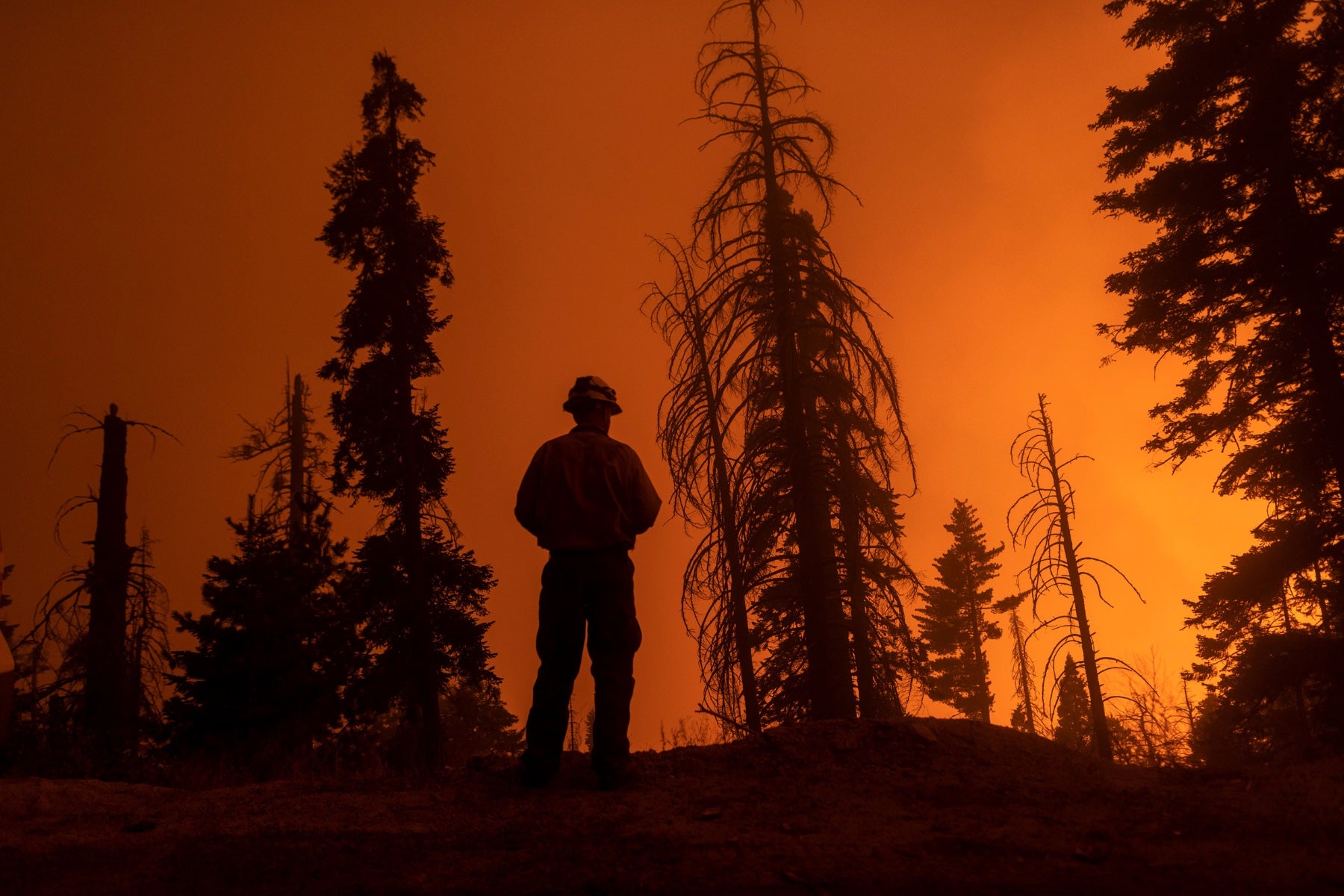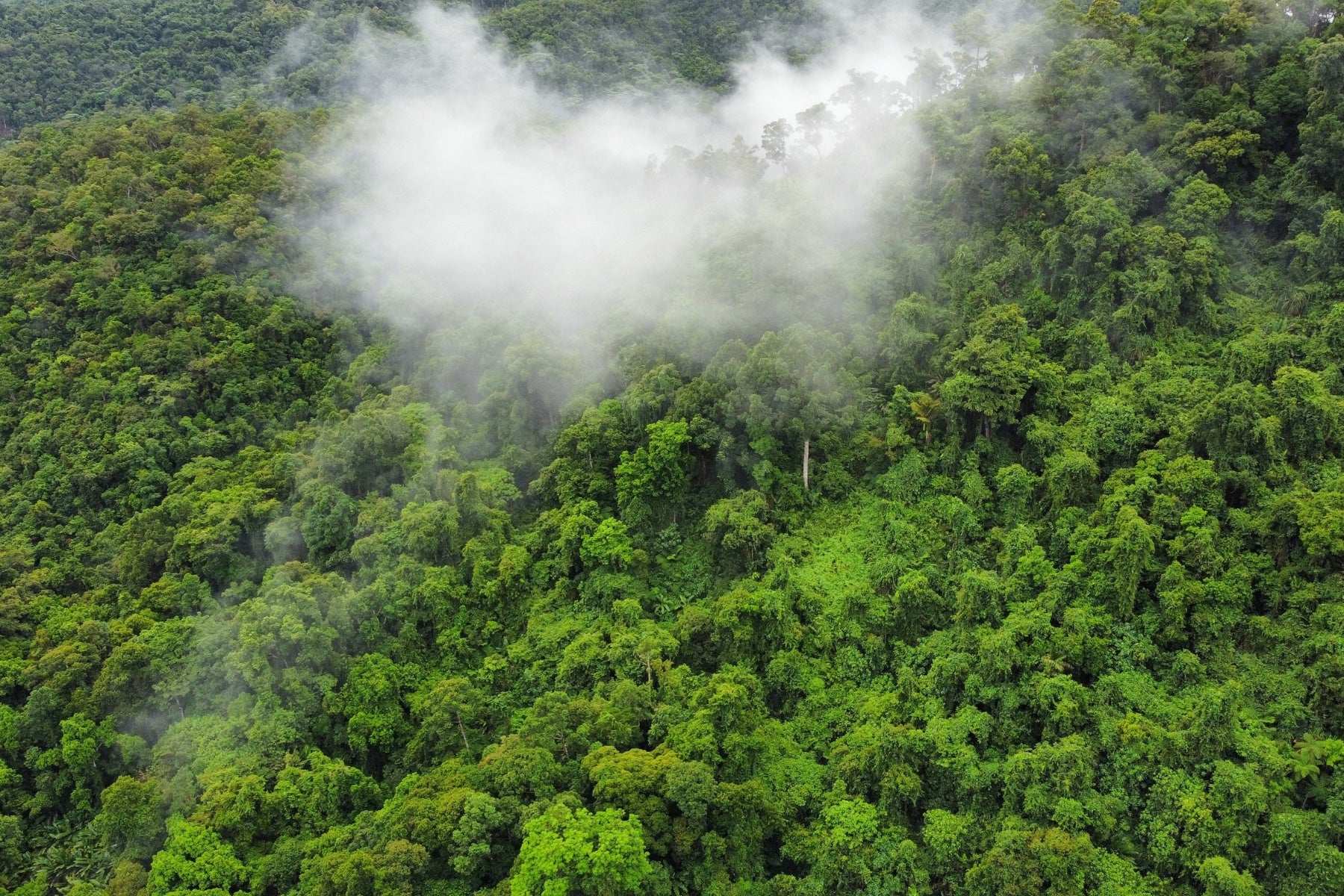
Get news, updates, & event Info delivered right to your inbox:
How Climate Change is Impacting Our World’s Forests
Deforestation is well-known around the world. The effects deforestation has on our world’s forests impact communities and ecosystems globally. That’s why planting trees is so important. Planting trees helps to increase climate change resilience by stabilizing soils, moderating temperatures, increasing stormwater retention in landscapes, protecting vital watersheds, providing shade and shelter, and more.
But while we’re planting trees and making an impact on biodiversity and communities, it’s important to understand exactly how climate change is currently and will continue to impact our forests. Trees and forests help combat and mitigate the effects of climate change, but how does the changing climate impact forests themselves?
It’s important to note that climate change’s impact on forests can vary based on factors such as size, location, land use history, and more. Not all forests experience climate change in the same way, but no forest is entirely immune to its effects.
In the face of an ever changing climate, let’s talk about some ways that our forests are impacted by climate change — and how we can help!

Climate Change Increases Natural Disturbances
Mother Nature exists with or without climate change, that is certainly true. However, it’s no secret that as climate change continues to grow, natural disturbances become more powerful and more frequent.
Forests are often impacted by wildfires. As dry seasons continue to extend past what is typical, forests become ill-equipped to deal with rising temperatures outbreak of fire are more likely to occur. These fires can leave lasting environmental damage and endanger surrounding communities and first responders.
Even smaller phenomena like changes in animal and plant populations can impact a forest’s ecosystem. Ecosystems are woven together in a complex balance. Even minute changes in biodiversity can impact the health of the forest.
Some of the effects of these disturbances are temporary, and forests are able to adapt or recover. Other times, however, these disturbances can have lasting impacts that are more detrimental to the health of the forest.

Climate Change Can Impact Carbon Storage
One of the most talked about ecosystem services forests provide is absorbing carbon dioxide and storing it in roots, soil, and the forest floor. By sequestering carbon, healthy forests and growing trees play a powerful role in the fight against climate change.
As climate change continues, it impacts how trees store carbon in their roots and forest floor. Climate change can change weather patterns, bringing intense and frequent rainfall. Rainfall can erode the forest floor and soil, causing stored carbon to be released back into the atmosphere.
Damage to forests, ranging from insect outbreaks to wildfires, can impact their ability to store carbon by causing the trees to release the carbon back into the atmosphere.

Climate Change Can Impact Water Resources
Forests provide clean water for drinking, irrigation, recreation, and more. Watersheds are among the key players in moderating extreme weather conditions like flooding in communities and ecosystems.
Droughts, forest fires, and increasing temperatures can limit what a watershed is capable of doing. With less rainfall during prolonged droughts, a forest’s streamflow could be reduced, reducing the amount of water that is available for animals and people.
Reduced streamflow can also impact migration patterns, primarily for fish who need to migrate to reproduce, causing population declines.

How Can We Help?
Climate change is a frightening phenomenon, and it’s okay to feel that way. We get it. But there are also ways to help our world’s forests and make a lasting impact that will help to reduce the effects of climate change. You can make a lasting difference simply by utilizing everyday practices to ensure the health of our forests and planet.
Improving the resiliency of forests to changing climatic conditions is crucial for supporting them to do what they do best: provide us with life-sustaining ecosystem services. Boosting the resiliency of forests can be done in a few ways, including reducing the risk of wildfires and implementing climate-safe forestry practices.
Almost 85 percent of wildfires are caused by humans. These fires occur due to different malpractices, ranging from campfire mismanagement to debris burning. By taking the proper steps to ensure we protect our forests from wildfires, we can preserve vital ecosystems and keep stored carbon where it belongs.
Protecting watersheds is also an important way to help protect our forests against climate change. Ensuring a clean supply of water to communities and ecosystems alike can make a lasting impact. You can help protect forest watersheds by planting trees to support global watersheds.
Climate change certainly negatively impacts our world’s forests, but there are many ways we can make a difference and help protect these vital ecosystems. Plant trees today and help protect the forests of tomorrow!
